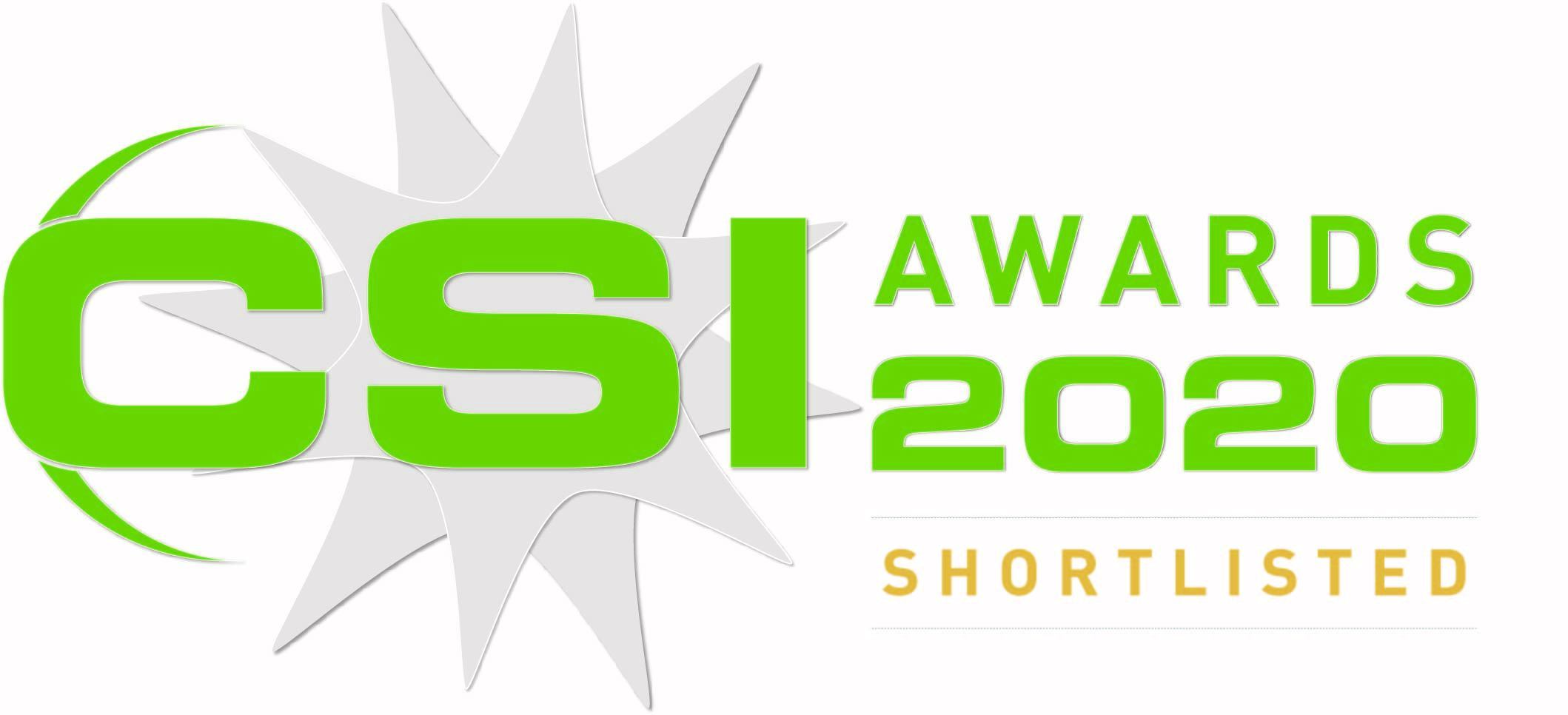
Support
Should you have questions regarding our solutions and services, please access our FAQ section below or contact us. For support issues, contact [email protected]
You can file a bug on Mantis Bug Tracker with your specific issue and we’ll get back to you within two business days.
Frequently Asked Questions
Qligent Products are software based – which means that we provide a flexible solution tuned to the customer needs. The probe’s instance capacity could be configured to any desired number of programs for monitoring (and so is potentially infinite), though there are some limitations which need to be considered:
- Hardware platform performance – As the probe software is running on a COTS hardware or VM – it is limited by the platform performance. Our engineers will provide you recommendations for the hardware performance based on the number of programs and their type (SD/HD/4K), depth of analysis, storage volume for the compliance recordings, network bandwidth for streaming, etc.
- Interface cards capacity – Some signals (baseband, RF, TS) require specific interface cards to be used for capturing streams and doing software driven analysis with Qligent software. Those cards, depending on the vendor, have limited number of inputs, standards and bandwidth supported. Our engineers will provide you recommendations for the input cards depending on your signal map and landscape.
Qligent products are capable of capturing streams in raw (uncompressed) formats (SPTS/MPTS MPEG-TS, T2MI, PCAP IP/UDP/RTP, SD/HD-SDI) or with transcoding (with flexible configuration of bitrate, resolution, aspect ratio, codec, frame rate, container and etc). As the recordings are stored on the probe side – an appropriate amount of disk space is required to store all of that data. You can calculate the amount of disk space required using our storage calculator, or contact our engineers for recommendations. Qligent probe software supports multiple ways of optimizing the storage requirements: loop recordings with configurable purge periods, alarm-triggered recordings, etc.
Yes you can. Qligent products are software based – which means that we provide flexible solutions according to the customer's needs. The probe’s instance capacity and interfaces sets can be configured to any desired number of programs for monitoring from any desired source. The only requisite to consider is that you need to have access to both uplink and downlink signals at the probe’s location to feed the probe with both of those signals simultaneously, plus an appropriate interface card is required to capture the signals and streams.
Yes we do. And you don’t even need to install any specific application. Qligent's UI is web-based HTML5 supporting any web-browser running under Windows, Linux, MasOS, Androis and iOS.
Encryption is a very common way of preventing unauthorized access to the content. There are multiple vendors of Conditional Access Systems (CAS) which are card-based or card-less. In a card-based environment we support encrypted streams via use of specially equipped receivers (internal or external) with a compatible CI slot on board and CA-card installed. For the card-less technologies – like the one used for OTT DRM – we support standard mechanisms of authorization and decryption key exchange and decoding.
Qligent is comprised of 3 main components – probe, server and web-UI. Probe and Server software is cross platform and can run under Windows, Linux and even embedded OS. UI is web-based HTML5 supporting any web-browser running under Windows, Linux, MasOS, Androis and iOS.
Qligent products are designed to be multi-user and multi-tenancy platforms. The system does not set any limits as to the maximum number of concurrent users simultaneously accessing the system, although we still recommend consideration of the bandwidth requirements – as Qligent's UI is web-based – so operating features like "live" or "recorded video preview", especially in video wall mode, can be bandwidth-hungry.
Any of the options listed above. Qligent's UI is web-based HTML5 supporting any web-browser running under Windows, Linux, MasOS, Androis and iOS.
Qligent Vision provides a flexible depth of analysis for QoS and QoE streams received. We have grouped the analysis into 5 layers (similar to OSI/ISO models) wherein distribution layers (RF, IP/UDP/RTP or OTT) and the transport layer (TS analysis) cover QoS monitoring as well as Video, Audio and Metadata analysis of the decoded signals which provide insight to the perceptual QoE.
The list of currently supported audio and video formats is available in the technical specification section of our products' descriptions. Please contact our pre-sale team for more information about specific codecs, formats and profiles supported. Qligent products are 100% software – which means that we support the majority of the existing formats and codecs and are future proof for the newest upcoming technologies – as a new standard is just a new software module upgrade on the existing system.
As many as your stream contains. Qligent can receive and analyze as many audio tracks as the analyzed program has.
In Qligent we relies on national and international industry standards, regulations and practices. Loudness analysis can be done according to the ITU-T BS.1770-3, EBU R.128 and ATSC A/85 recommendations, allowing our customers flexibility in selecting the standard applicable in their region.
Qligent software is constantly evolving and new features are added with every release. We currently support but are not limited to monitoring SCTE-35 and 104, Captions, Teletext, Subtitles, EPG and PSIP presence.
Yes we do. Qligent products are able to detect, capture and analyze the SCTE-35 and 104 streams, providing information about stream presence and errors and also decodes data about splicing commands (CUE OUT/IN) and timings, trending, alarming and notifications according to the customer-defined policies. That data can also be used for regional program and ad-splicing verification, commercial impact analysis and other custom reporting and analytics.
As many as your stream contains. Qligent can receive and analyze as many captions/subtitle tracks as the analyzed program has.
OTT is one of the most difficult environments to control – and one of the fastest developing. For most content providers, OTT is a sort of a black box or cloud between their studio and customer. Qligent's products provide valuable insight making the black box more transparent to the broadcaster. We can analyze OTT on five different layers; at the distribution layer we can monitor OTT-specific things like manifest and media playlists availability and validness, track any server- or client-side errors happening on the HTTP protocol layer, validating availability and download rates for the chunks, check the buffer lengths (to identify and notify you that users are suffering from looking at annoying, spinning circles with a “Buffering” tag) and so on. On the transport stream layer, we analyze and validate the container and detect errors (like ETR290p1/p2/p3), bitrates for different profiles, and track timing issues (which are common for chunked delivery, especially at the chunks' edges). We can also decode and analyze video, audio and metadata content to check for compression artefacts (like macroblocking), quality degradation (black screen, freeze, silence) and compliance issues (missing captions/subtitles, loudness issues and etc.)
When properly deployed Qligent probes can provide end-to-end oversight for the delivery chain – from studio to headend, OTT platform, CDNs and even end-customer experience – using its flexible cloud aggregation and analytics engines.
At Qligent we are constantly working to develop our products and provide you with the latest industry features support. For now, Qligent can natively deal with HLS OTT streaming, which is the most common format. DASH support is on its way – and will be available shortly.
Not yet. Qligent can capture, analyze and store Closed Captions, overlay Captions on recorded video and even save those Captions as an SRT subtitles text file, but unfortunately search by Captions is not available in our UI yet. In case you need a full text search, the subtitles/captions text files can be loaded to the external search engines for indexing.
Yes you can. You can specify exact time or time interval for recorded video preview. For your convenience, you can search by applying your local time-zone setting, probe time-zone setting or event multi-probe time-zone setting if videos are searched at multiple locations in a widely distributed monitoring network.
Yes you can, via cut-only editing mode during clip export. Qligent products allow capturing video and audio in different formats and operators can access the recorded video via web-UI. The system allows users to navigate through the video clips, preview them and export those clips for later use, specifying the time interval and transcoding format desired.
Yes we do. Qligent Scan is a powerful content analysis platform designed to detect audio and video content mismatch. Qligent Scan is a non-invasive fingerprint-based platform which detects and reports mismatches, does compliance recording and provides a flexible filtering engine to apply advertising and splicing schedules for data validation.
DTMF (acronym for Dual-Tone Multi-Frequency) is a tone signal widely used in telephony to transfer sound codes for digits dialed over audio channels. In the era of analog TV, DTMF was widely used for transmitting analog splicing codes to the regional ad-splicers or replacers. Some broadcasters still use DTMF in digital broadcasting, although SCTE-104/35 is a standard for digital ad-splicing process. Detecting DTMF tones for ad-splicing verification could be one of the ways of filtering content mismatches for validity and time accuracy.
A virtual probe is a Qligent probe software running on a virtual machine or in the cloud (AWS, Azure, etc). A virtual probe is a convenient way for rapid deployment and monitoring of time limited venues or IP/OTT distributed signals.
Well, that depends on a number of factors. There are 2 main components to consider:
- Software rental fee (SaaS fee) – for more information about Qligent's pricing policy please contact our sales team
- Azure VM instance rental fee – you can get more details about the Azure pricing policy at Microsoft web-site or contact our pre-sales team for recommendations on the VM instance type and storage size specific for you project.
Well, that depends on a number of factors. There are 2 main considerations to evaluate:
- Software rental fee (SaaS fee) – for more information about Qligent's pricing policy please contact our sales team
- Amazon AWS instance rental fee – you can get more details about the AWS pricing policy at Amazon's web-site or contact our pre-sales team for recommendations on the VM instance type and storage size specific for you project









